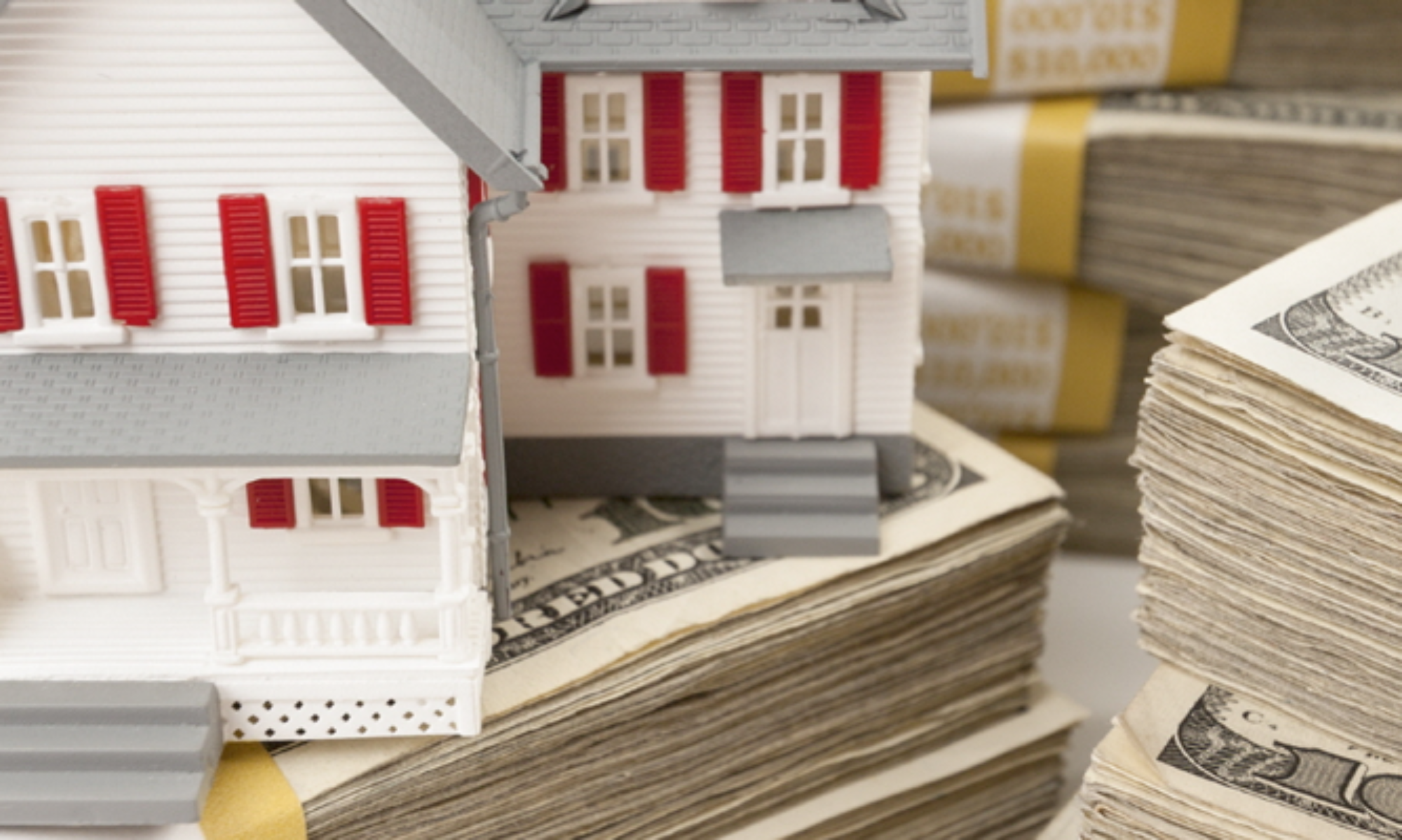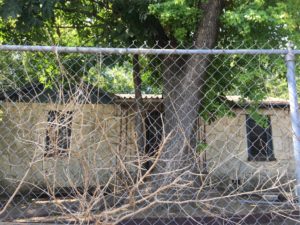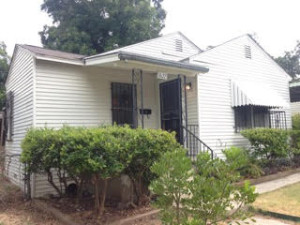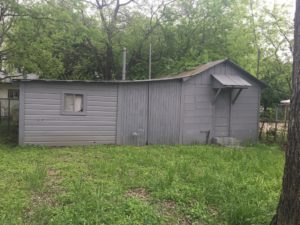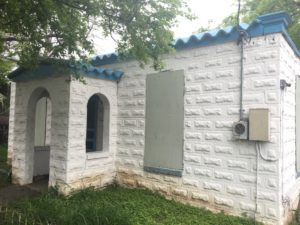Our top investors started investing in under-market value real estate in 2001. It was a rough experience at first. Many of them had college loan debt and didn’t have enough money to buy in Austin, but they tried. Eventually several of our founding investors came to San Antonio and bought properties here for $20,000.
These days, prices are much higher, but there are still good deals out for real estate investors in 2018, if you have reasonable expectations. You will have tough sledding if you want to get a house in 78201 for .50 on the dollar. Today, I’m generally able to get houses at .70 on the dollar. The market is strong and economy is doing well. There is a lot of competition and prices are higher.
Our top investors have found that investing in San Antonio fixer uppers has not been too risky. The demand for affordable homes here is strong, and the economy is good. The biggest thing to remember is to not pay too much for the property. But don’t expect to get a house for .50 on the dollar unless it’s in a real hell hole. It is not 2009 anymore!
Many of our recent real estate investors have come from the California and Austin markets. Those are much more expensive than San Antonio. Even with the higher prices in the $50,000 to $70,000 range in San Antonio for my houses, you still can earn a 10-12% return on buy and holds. This is a very solid return and is mostly what our investors have made over the years.
If you have $50,000 or $75,000 available, San Antonio real estate can definitely make a great return for you. We strongly encourage people to consider investing in under market value real estate here, in addition to their stock portfolio.
